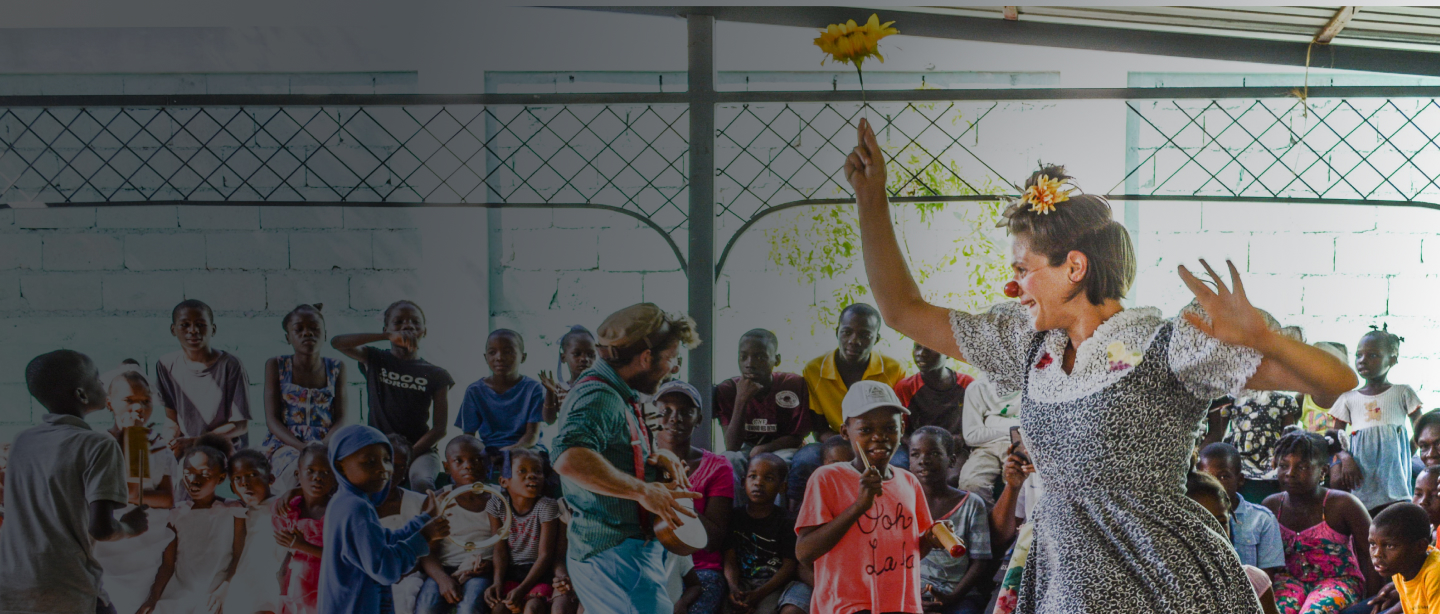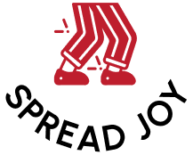Check out our April 20-28 tour in the Bay Area of the United States!


What We Do
We clown! (Of course.) But clowning is about so much more than spinning plates, miming, and magical hats.




What We Do & Don’t Do
Whether we’re performing in a temporary migrant camp, a schoolyard, or a refugee shelter, CWB shows are built on the same core principle:
It’s ALL about the audience.
We aren’t there to put ourselves on a pedestal or to show off our fancy unicycling skills. We’re there to lift up the audience and share laughter in ways that are both culturally appropriate and sensitive to the challenging life circumstances of our audience members.
Our hope is that the positivity we bring will take on a life of its own, flourishing even after we’ve packed up our clown suitcases.
- Wear creepy makeup or tacky wigs
- Rely on volunteer or amateur performers
- Hand out balloons, toys, or anything else
- Go anywhere we aren’t explicitly invited
Frequently Asked Questions
Do people in refugee camps really need clowns? What about medicine and food?
Just as food, safety, and shelter are necessary rights, so too are hope, laughter, and freedom of expression. One of the reasons we work with community partners is to make sure our program is not coming before basic needs are being met.
How does CWB – USA define “crisis”?
Crisis can be an ambiguous term. For example, CWB – USA has worked in refugee camps, in shelters rapidly constructed after natural disasters, and in safe homes for women and children. We do not discriminate over which type of suffering deserves more attention. If a community says, “we are in crisis and we would like clowns,” we do everything we can to respond.
What types of displacement does CWB respond to?
CWB responds to all types of displacement. We perform for refugees, internally displaced people, stateless people, migrants, and indigenous people. Additionally, we perform for communities who are not displaced, but who are in the process of surviving a crisis (such as an earthquake, volcanic eruption, or political instability).
Are your audiences ever afraid of clowns?
Coulrophobia, or the fear of clowns, is often connected to cultural references (like It!) and to excessive makeup hiding the performer’s face. One of the reasons we don’t wear full makeup is because we never want our audience to be afraid or to not be able to see the performer’s natural features. Throughout Latin America, where we have many programs, clowns and street performers are a beloved and common part of the culture.
Check out more questions and answers!





